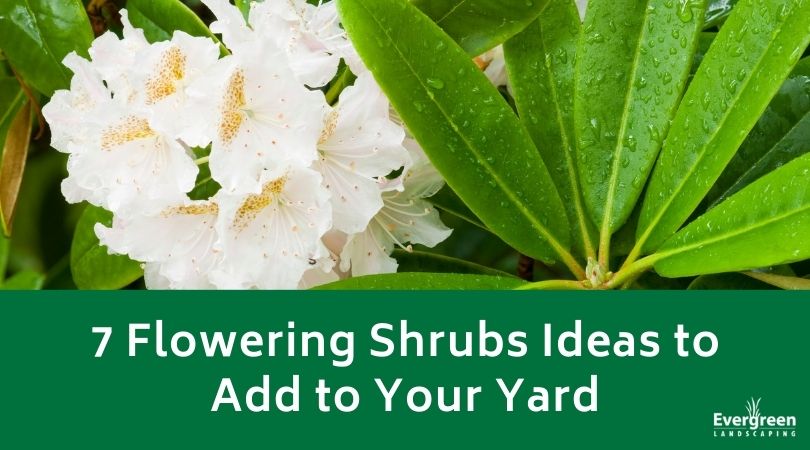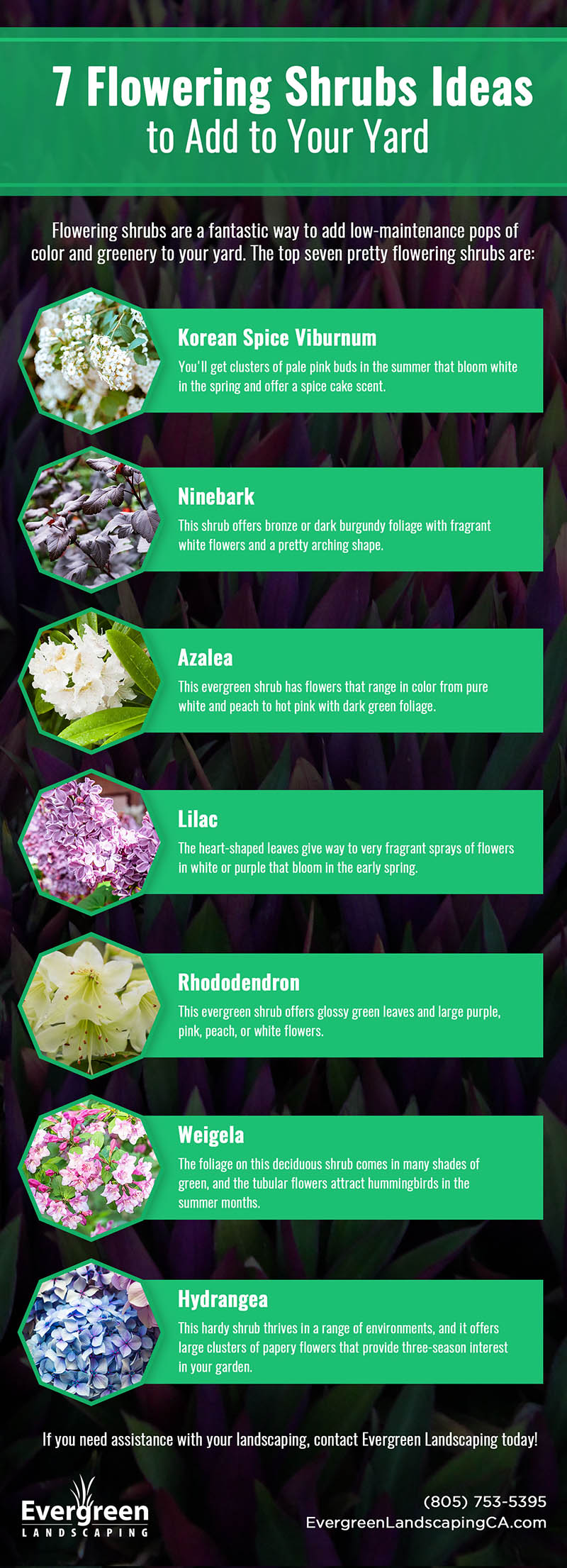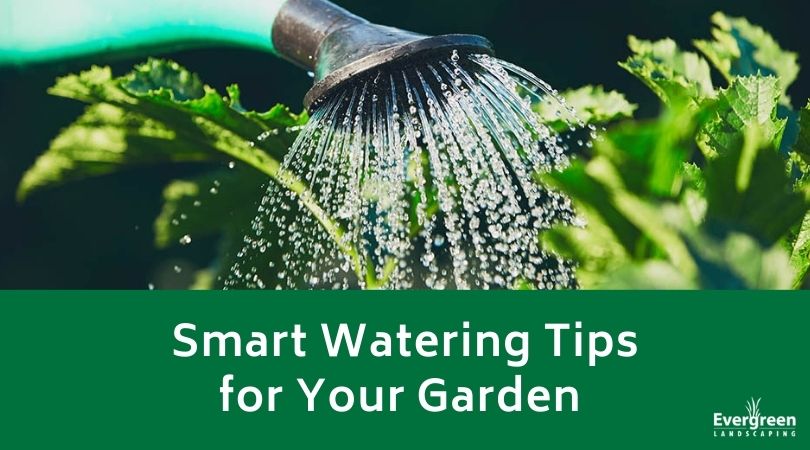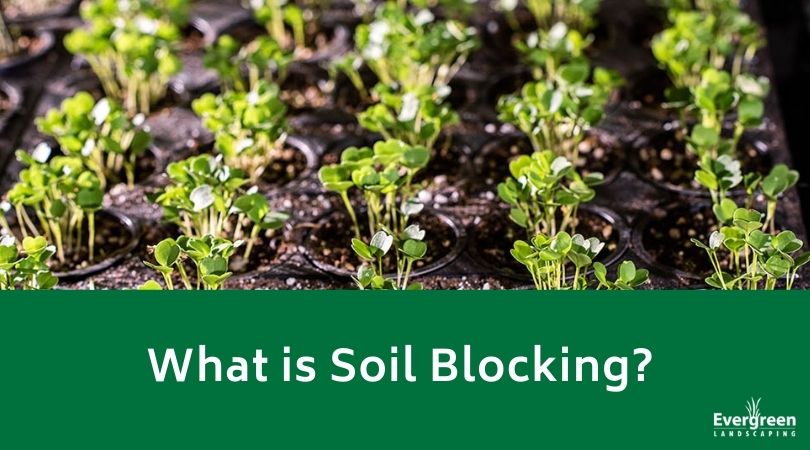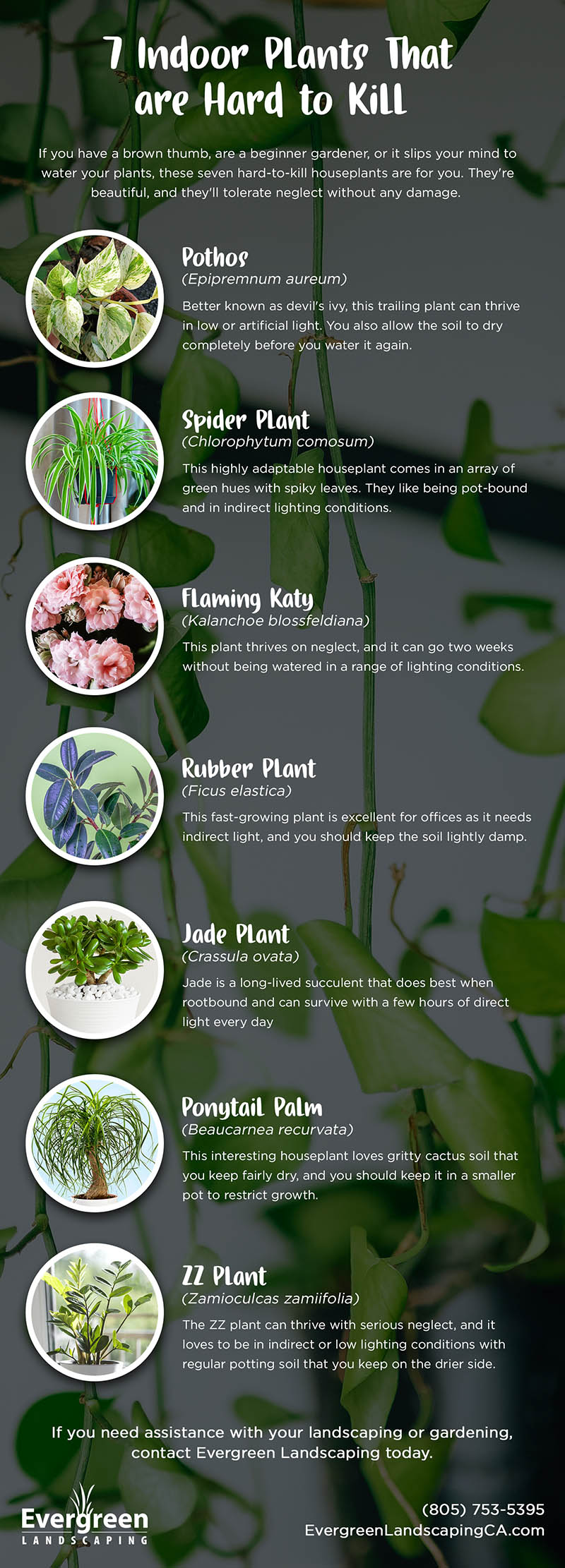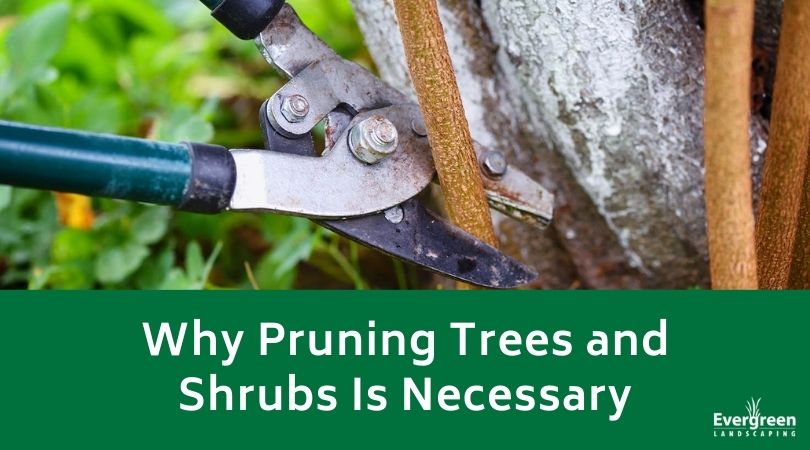How to Protect Your Trees from a Drought

We’re coming up on summer right now, and your trees will feel the heat very soon if they’re not doing so already. Some soil makes it hard for trees to access water without adding the stress of heat. Having your trees in compacted soil means there’s an increased chance of the water evaporating or running off than sinking deep into the soil where the roots need it. Drought can damage your trees, so we’re going to give you several tips to help them avoid this damage and keep your trees healthy.
- Water the Trees
You should make a point to water your younger trees three times a week during any drought conditions. Putting a hose by your tree at a slow dribble for 30 to 40 minutes is a great start. Moving the hose three times during each watering session to soak all sides of the root zone and keep it between 12 and 18-inches from the tree trunk. Running a soaker hose for the same amount of time will take away the need to move the hose around. You should avoid spraying the foliage with water during the day because this can contribute to the leaves looking shriveled and drying out.
- Mulch
It’s a good idea to add a layer of mulch around your tree, and this mulch layer should go beyond the tree’s drip line. The drip line is the direct circumference under the outer branches of the tree. The tree canopy will divert rainwater to the feeder roots right at the drip line. In this area, roots are responsible for the biggest portion of the water uptake from your tree. Your mulch layer should go out to this point, and it should be two to three inches deep. This will keep the soil cool and help retain water to stave off drought.
- Prune the Canopy
This sounds counterproductive, but you want to prune the canopy of your tree to reduce weak branches, excess foliage, and any diseased plant parts. Dying and dead limbs are something you should remove at this point. The limbs can harbor canker disease fungi and insect borers that can lead to more decline or dieback. If the crown is very dense, thinning the tree lightly will reduce how many nutrients and water it needs. Don’t prune the live branches so much because this can lead to more stress and drought damage.
- Water Accordingly
The amount of water you have to give your tree to help it survive a drought depends on its drought tolerance. For smaller trees or shrubs with a trunk diameter of four inches or smaller, you may need to give them one-half to an inch of water every week. Bigger trees may need hundreds of gallons of water a week, and this is difficult to do with a drip irrigation system because this low-flow system can’t keep up with demand. For newly planted shrubs and trees, you should water them frequently until they establish the root system.
Evergreen Landscaping Can Help Avoid Drought
If you’re not sure about how much water your trees should get or what you can do to stave off drought, contact us. Our staff is happy to set up a watering system to meet your needs and keep your trees thriving and healthy all summer long.

